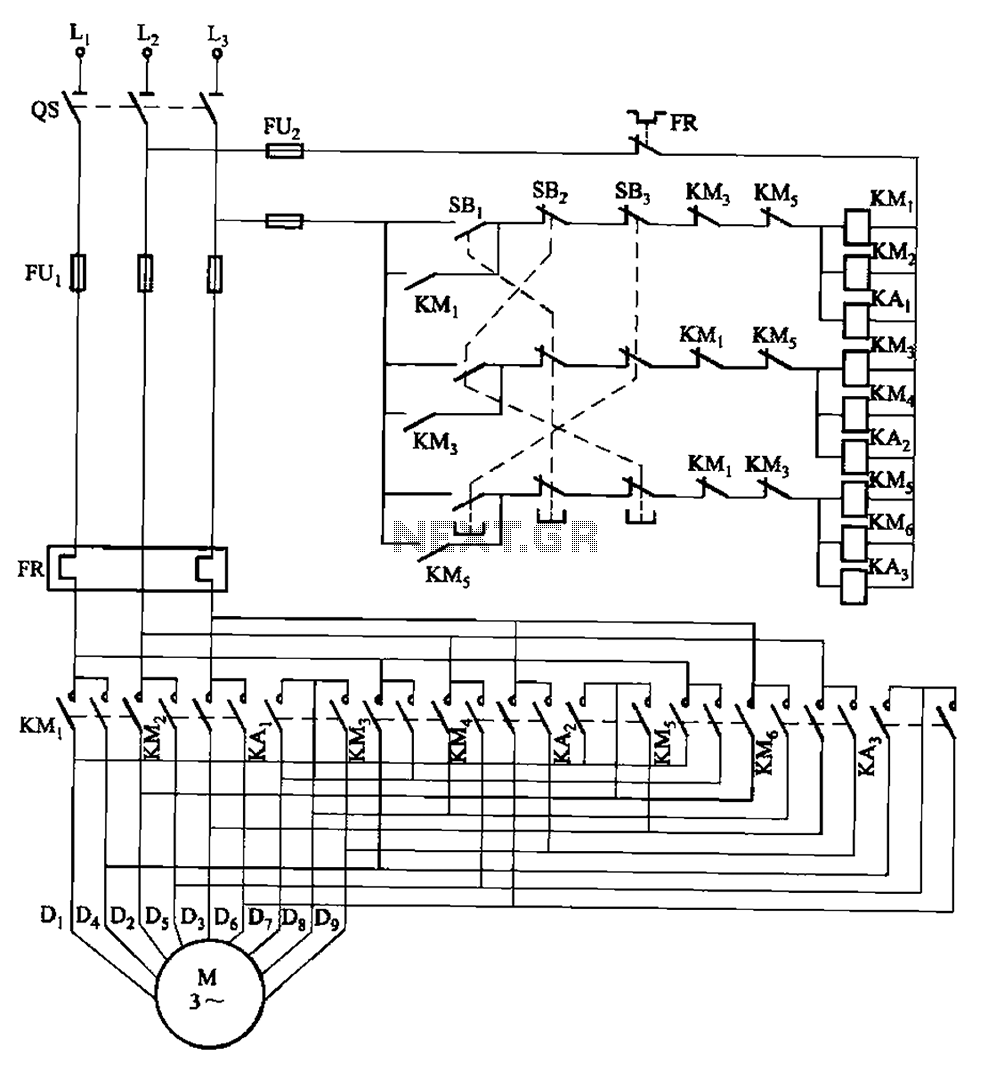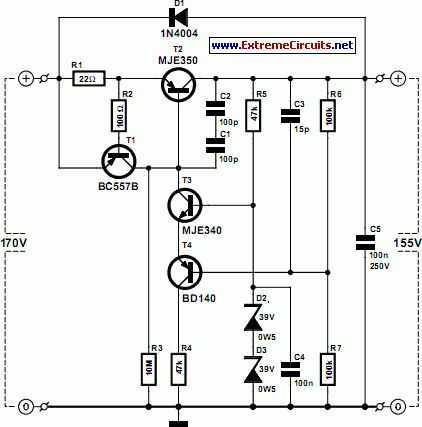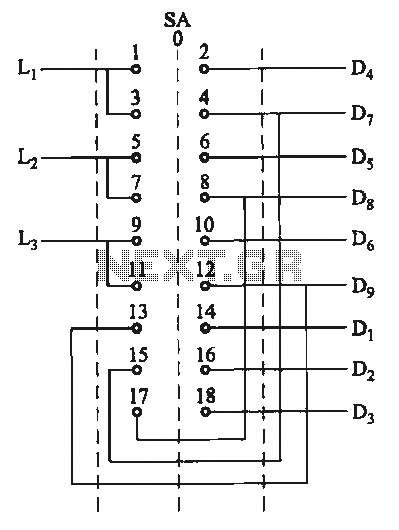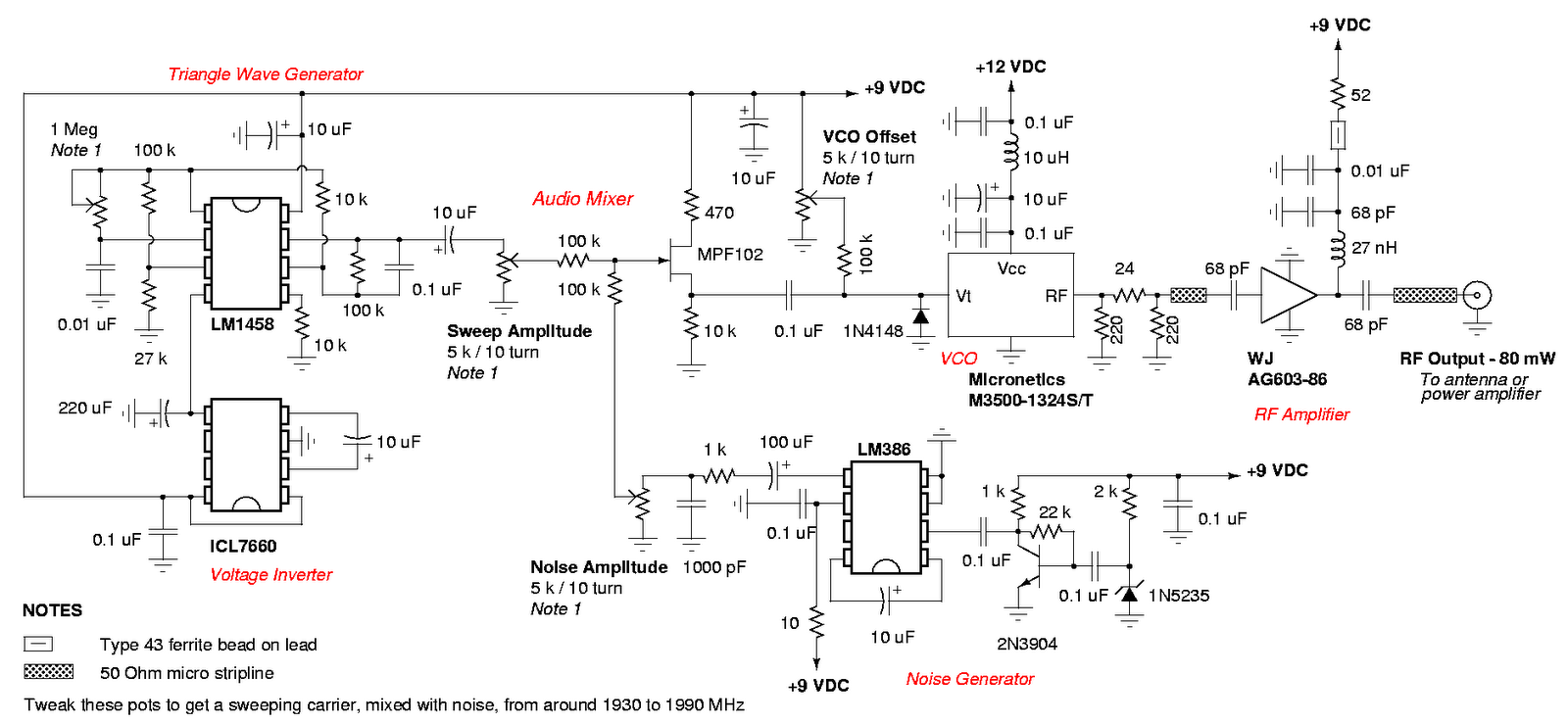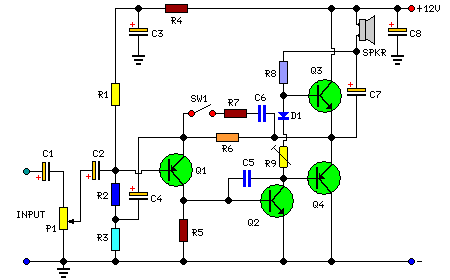
Photo Switch Circuit

A simple photo switch circuit using an NE 555 IC with a diagram and schematic. This photo switch activates a relay when light intensity crosses a specified limit. It is a light sensor circuit suitable for home and industrial applications.
The described circuit utilizes the NE 555 timer IC configured in a comparator mode to create a photo switch that responds to varying light levels. The NE 555 is a versatile and widely used integrated circuit that can operate in different modes, including astable, monostable, and bistable configurations. In this application, it is set up to function as a light-sensitive switch.
The circuit comprises a light-dependent resistor (LDR) that acts as the light sensor. The resistance of the LDR decreases as light intensity increases, which alters the voltage at the non-inverting input of the NE 555. A reference voltage is established at the inverting input using a voltage divider formed by resistors. When the light intensity falls below a predetermined threshold, the voltage at the non-inverting input drops below the reference voltage, triggering the NE 555 to output a high signal.
This output signal is then used to drive a relay. The relay serves as a switch to control larger loads, such as lamps or industrial equipment, allowing them to be turned on or off based on the ambient light conditions. The circuit can be further enhanced by incorporating additional components such as capacitors for noise filtering and diodes for flyback protection across the relay coil.
The schematic diagram would typically show the connections between the LDR, NE 555, resistors, and relay, providing a clear visual guide for assembly. The simplicity of this circuit makes it an excellent choice for automatic lighting systems in both residential and commercial settings, ensuring energy efficiency and convenience.A simple photo switch circuit using NE 555 IC with diagram and schematic.This photo switch ons a relay when light intensity crosses limit.A light sensor circuit for home and industrial purpose 🔗 External reference
The described circuit utilizes the NE 555 timer IC configured in a comparator mode to create a photo switch that responds to varying light levels. The NE 555 is a versatile and widely used integrated circuit that can operate in different modes, including astable, monostable, and bistable configurations. In this application, it is set up to function as a light-sensitive switch.
The circuit comprises a light-dependent resistor (LDR) that acts as the light sensor. The resistance of the LDR decreases as light intensity increases, which alters the voltage at the non-inverting input of the NE 555. A reference voltage is established at the inverting input using a voltage divider formed by resistors. When the light intensity falls below a predetermined threshold, the voltage at the non-inverting input drops below the reference voltage, triggering the NE 555 to output a high signal.
This output signal is then used to drive a relay. The relay serves as a switch to control larger loads, such as lamps or industrial equipment, allowing them to be turned on or off based on the ambient light conditions. The circuit can be further enhanced by incorporating additional components such as capacitors for noise filtering and diodes for flyback protection across the relay coil.
The schematic diagram would typically show the connections between the LDR, NE 555, resistors, and relay, providing a clear visual guide for assembly. The simplicity of this circuit makes it an excellent choice for automatic lighting systems in both residential and commercial settings, ensuring energy efficiency and convenience.A simple photo switch circuit using NE 555 IC with diagram and schematic.This photo switch ons a relay when light intensity crosses limit.A light sensor circuit for home and industrial purpose 🔗 External reference
